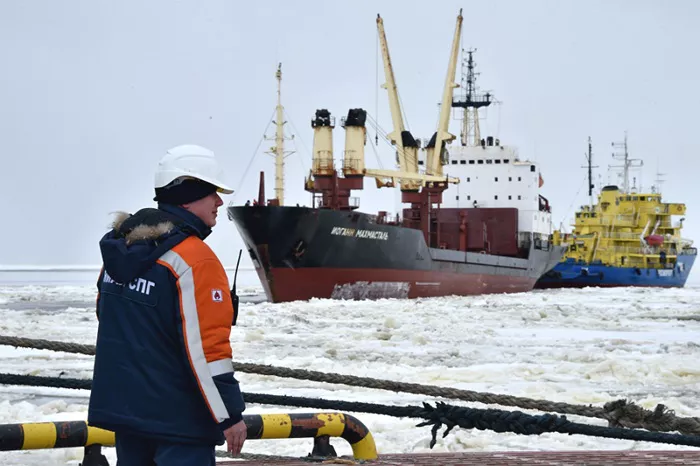Russia has resumed transit shipments of crude oil through the Arctic Ocean ahead of the traditional summer navigation period, signaling its intent to use the Northern Sea Route as a strategic shortcut for delivering oil to Asia.
The shuttle tanker Shturman Skuratov, departing from Murmansk, entered the Northern Sea Route on June 18 en route to the Far East. The vessel, with a deadweight tonnage of 41,401 dwt and capacity to carry approximately 200,000 barrels of oil, is scheduled to reach its designated end point at the Port of Kozmino near Vladivostok by July 20, though final destinations may vary.
Last summer, Arctic oil shipments to various Chinese ports totaled 1.5 million tonnes, including destinations such as Ningbo, Tianjin, and Huizhou. Russian authorities now aim to significantly increase this volume to between 3-4 million tonnes for the 2024 shipping season.
The early departure of Shturman Skuratov, six weeks ahead of last year’s initial oil shipment in late July, underscores Russia’s ambitions to escalate oil transit volumes along the Northern Sea Route this year.
Typically, crude oil from production points in the Gulf of Ob and the Pechora Sea is transported by ice-capable shuttle tankers to transshipment points near Murmansk. However, direct transits from west to east were rare until recently, when EU sanctions restricted Russian crude access to European markets, prompting a pivot towards Asian markets.
Environmental concerns have been raised following the introduction of conventional oil tankers in the Arctic, a region where ice conditions, despite summer retreats, remain unpredictable. The Northern Sea Route typically becomes mostly ice-free by July, allowing non ice-class vessels to operate between July 1 and November 15, under certain conditions and possibly escorted by icebreakers.
Shturman Skuratov, equipped with a high Arc7 ice-class designation, operates year-round for GazpromNeft Shipping, transporting oil from the Novoportovskoye oil field in southern Yamal and the Arctic Gates terminal to the Umba Floating Storage and Offloading (FSO) facility. The vessel is designed to navigate independently along the entire Northern Sea Route, although challenging ice conditions persist in the East Siberian Sea with continuous first-year ice coverage.
As Russia continues to leverage the Northern Sea Route for its oil exports, monitoring of environmental impacts and navigational safety remains crucial amid ongoing climate and logistical challenges in the Arctic region.
Related topics:
Brent Crude Oil Analysis: Expected Market Scenario

